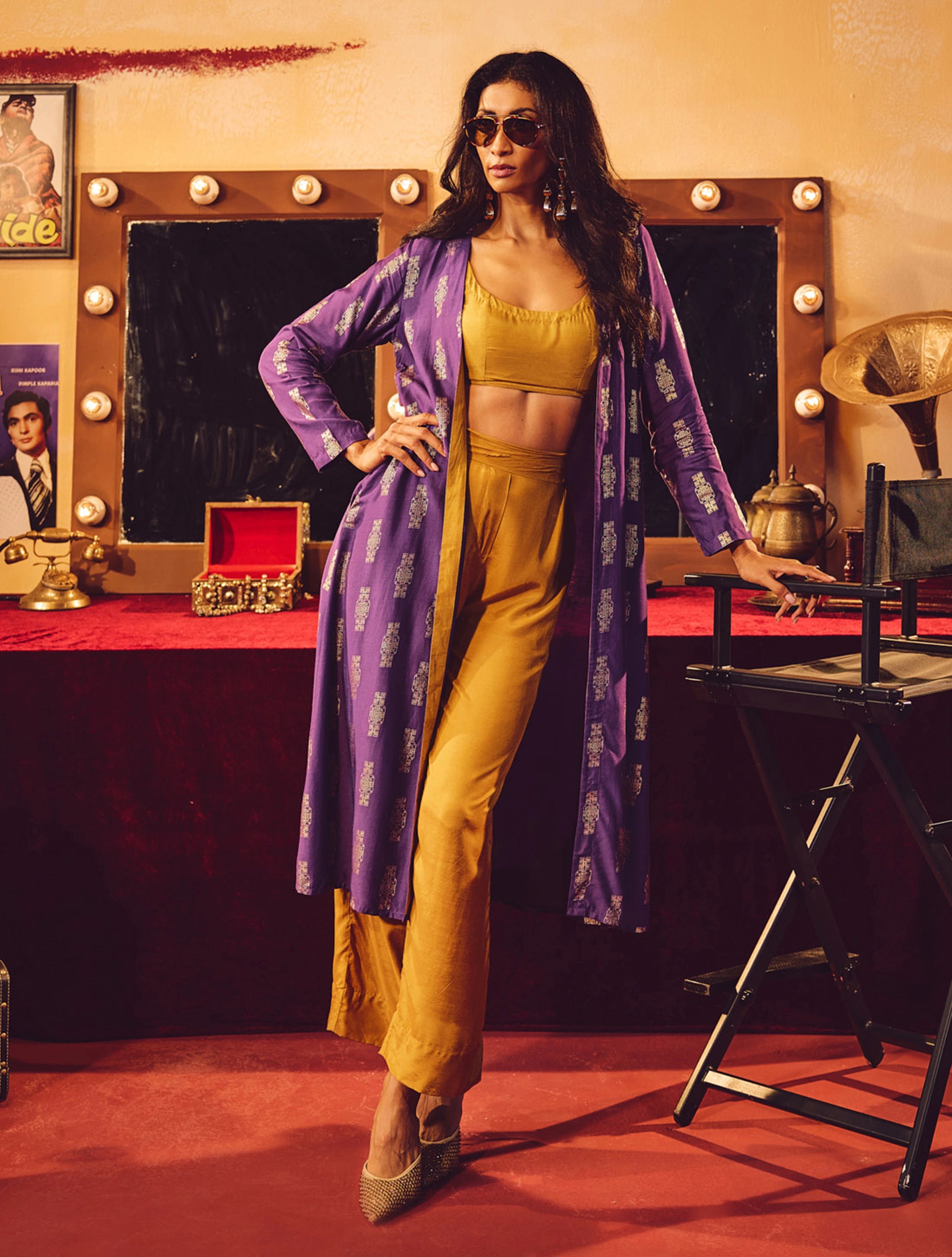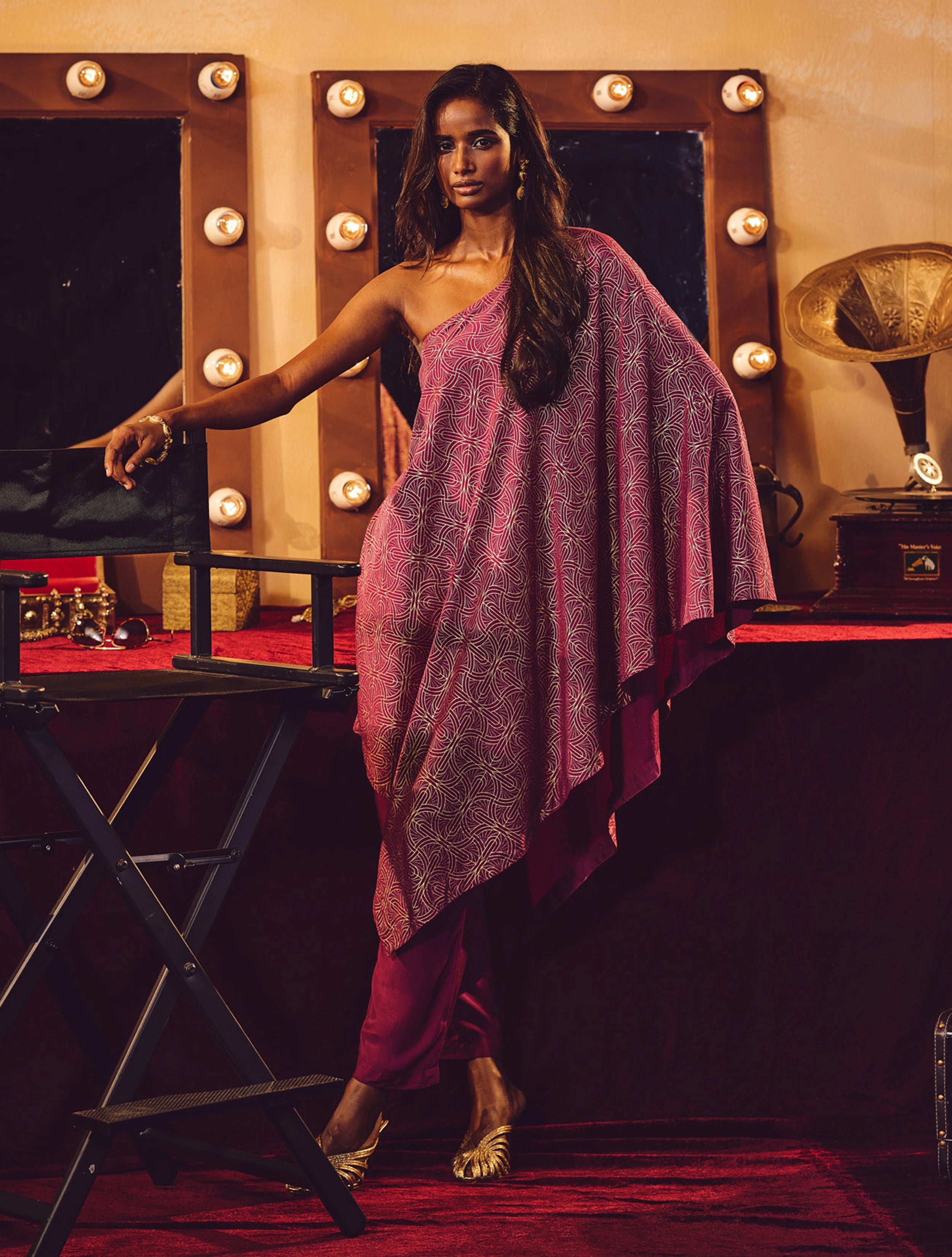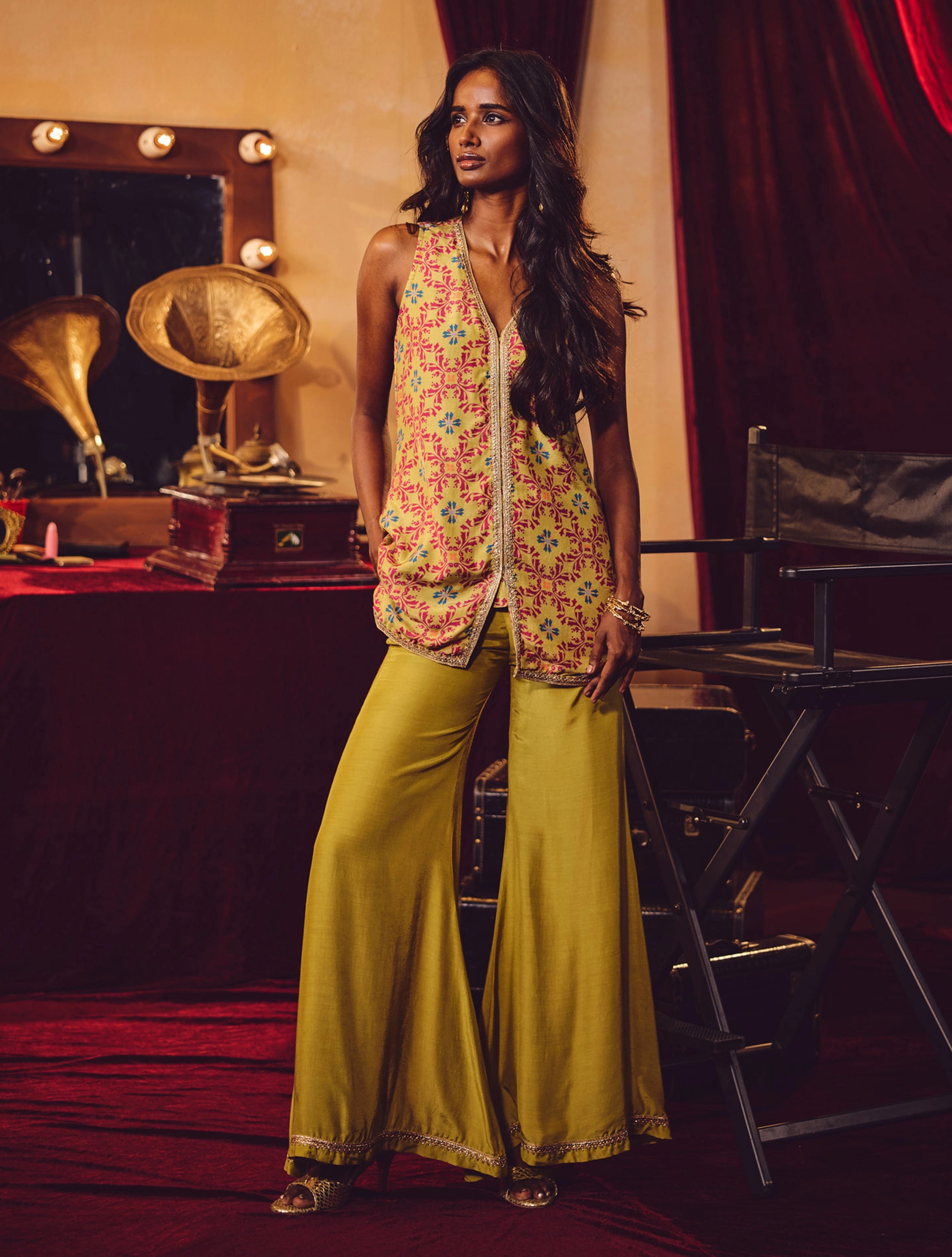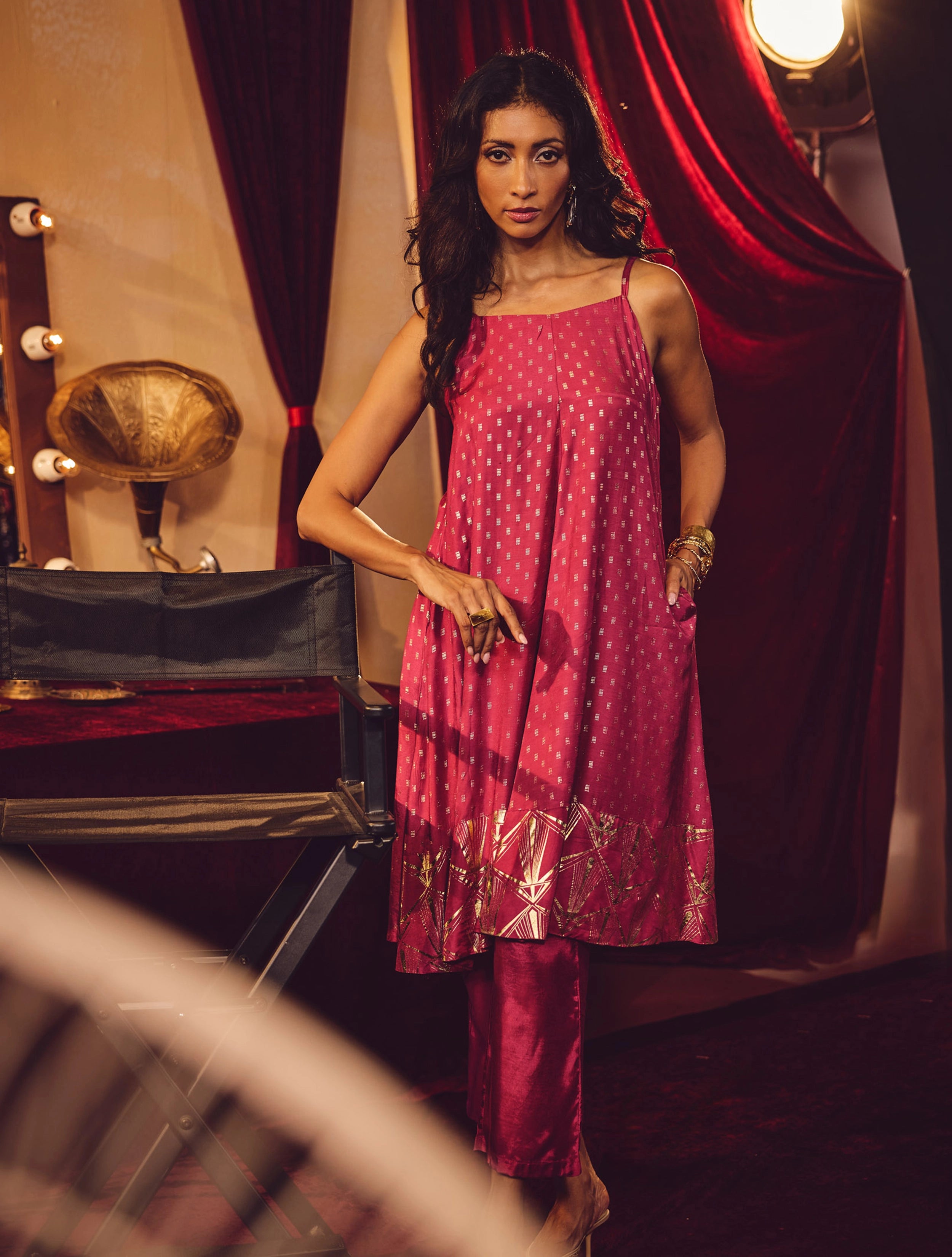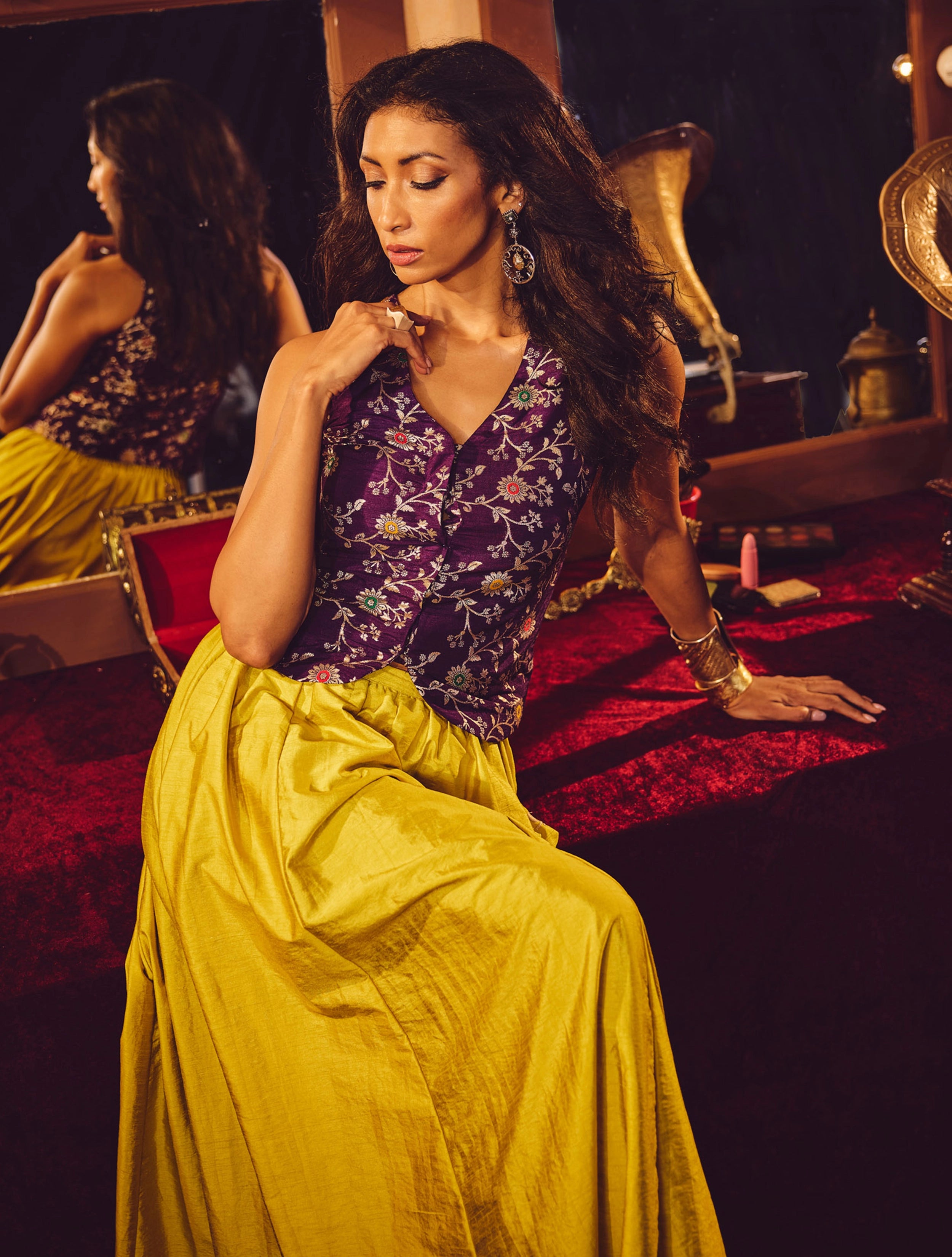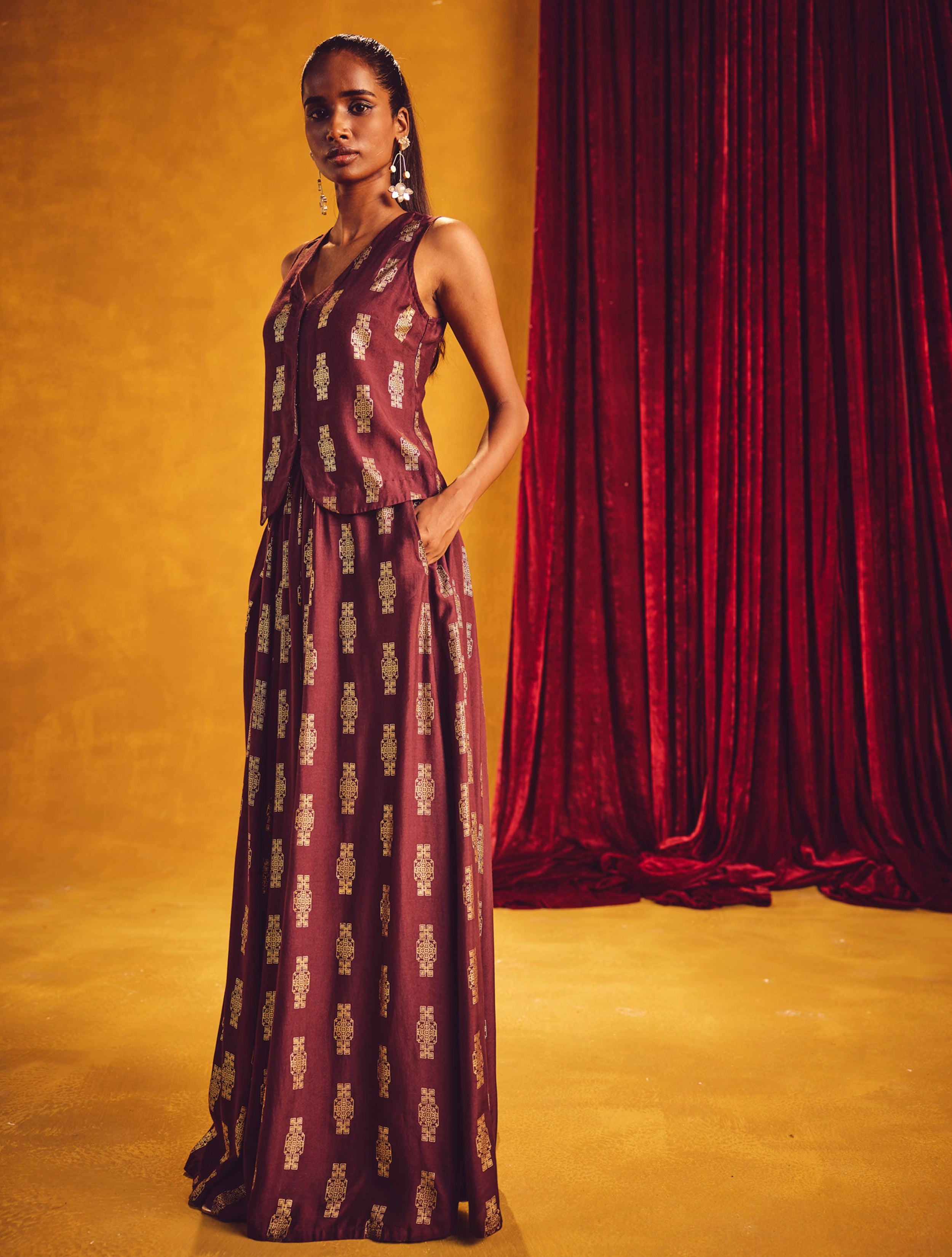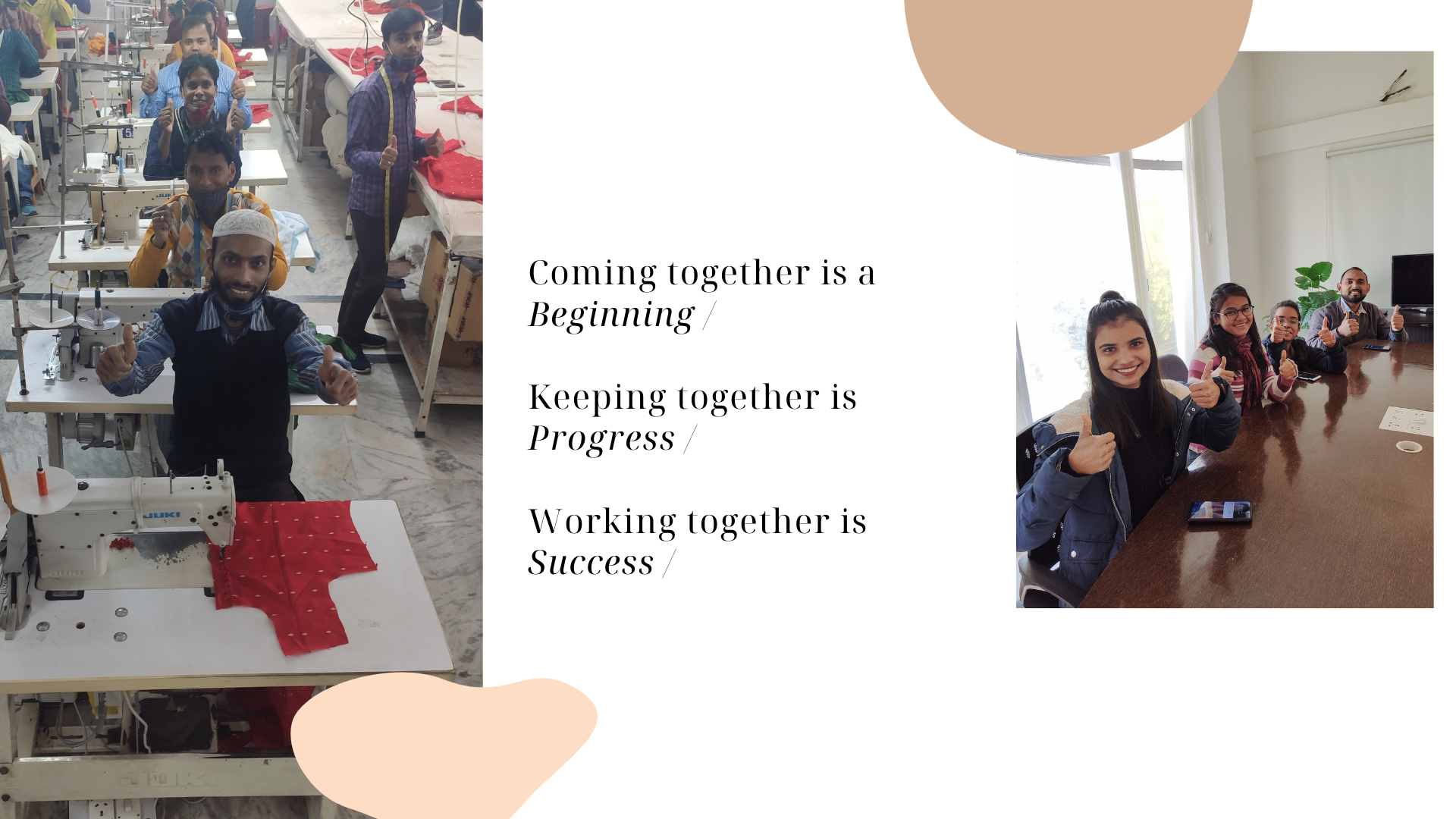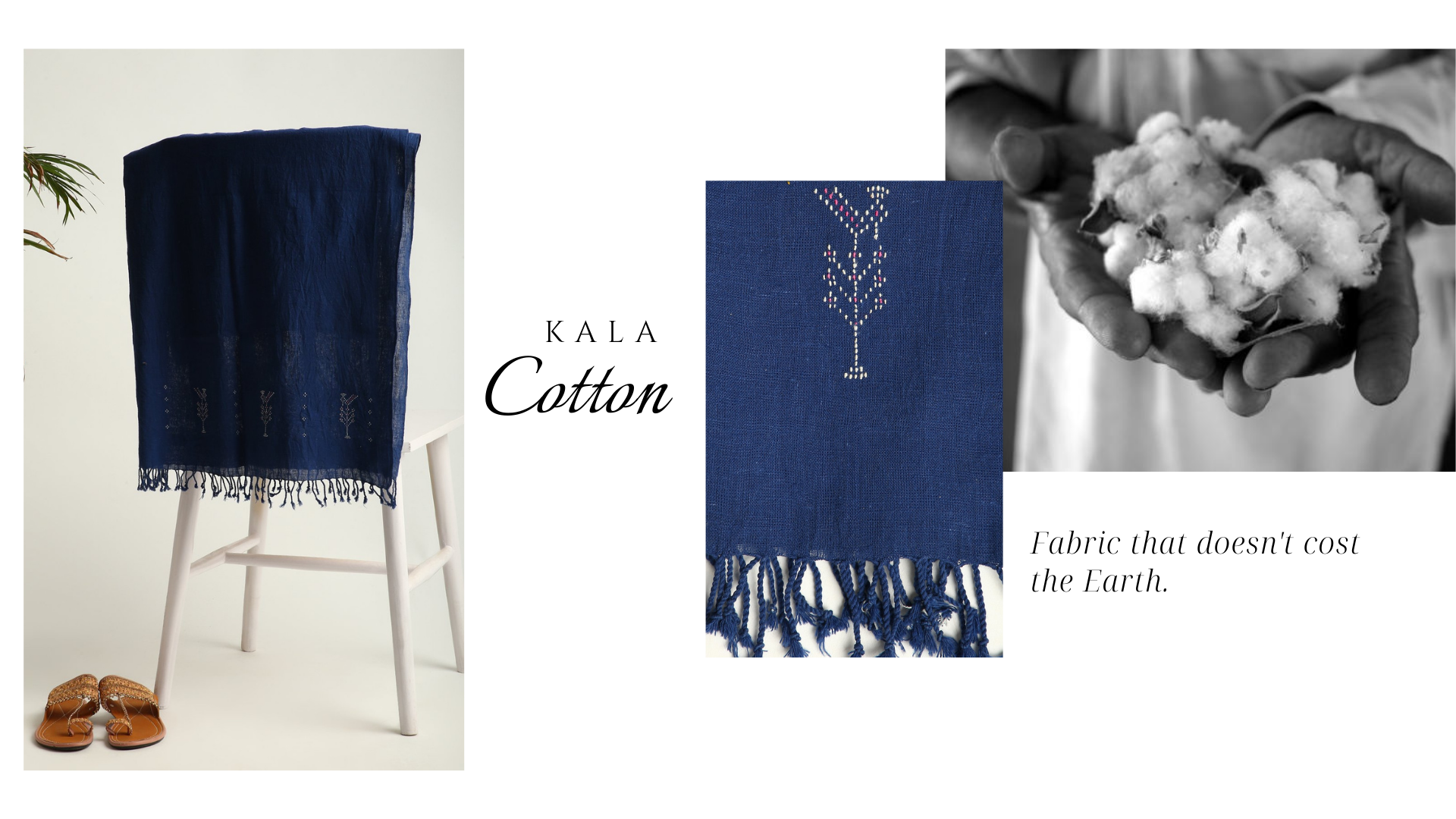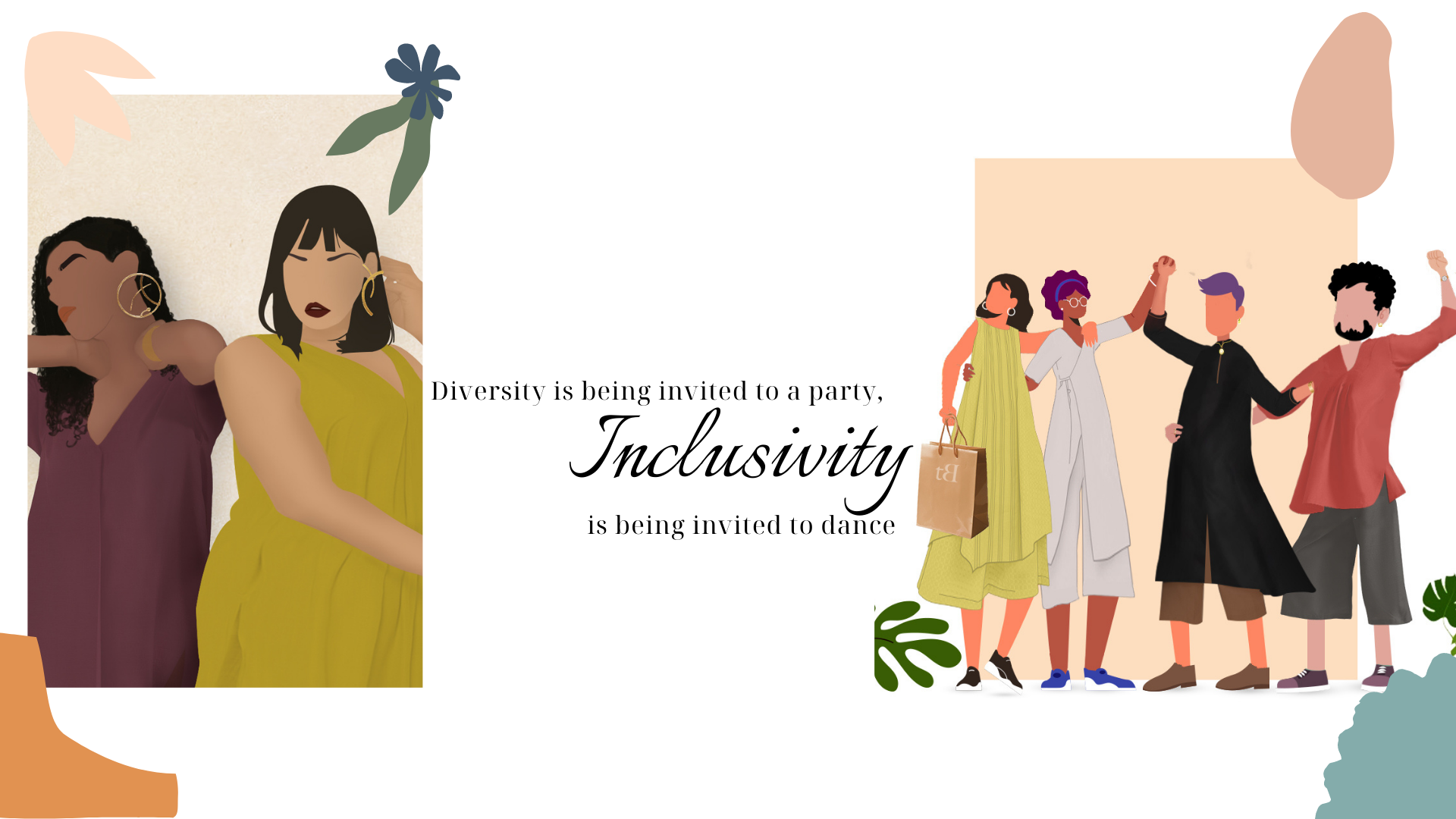
INCLUSIVITY IS THE WAY AHEAD
Inclusivity is the future of not just fashion but as the way we conduct life.
Fashion is one of the biggest industries in the world that capitalises on creativity and self-expression. Fashion isn’t all about fabrics and outfits; it’s an industry that prides itself on selling self-esteem and self-identity. Without diversity and inclusion, fashion cannot truly express itself fully.
“Conscious shopper” as an identity amongst people has grown exponentially in recent years, with the new generations’ voices and the sociopolitical movements taking center stage across all social media platforms. The beauty & fashion industry has been facing a lot of criticism involving inclusivity, diversity, sustainability, etc and while many brands have been making a lot of efforts to move forward in the right direction, there’s still a long way to go.
Body positivity was one of the first aspects of fashion inclusion to be showcased publicly. The portrayal of ‘slim & fair beauty’ being the pre-set standard, contributed largely to the lack of self-esteem so vividly present in both men & women. Inclusivity should mean continually opening the space to more walks of life. It's about getting to a place where what we consider to be the “norm” in fashion is to be characterized by a variety of skin color, body types, gender expressions and age groups. Even though many brands are getting on board with the plus-size audience, there is still continuous discrimination & judgment against larger bodies. Plus size women want the same thing that small size model has: Fashion that speaks to their style.
In previous years, not many curvy customers had the opportunity to buy what they wanted. The majority of formal clothing in the plus-size category was limited to black, dull, and loose-fitting garments. Not at all like the image that a glamorous and trendy woman has in mind. Therefore, besides producing clothes in larger sizes, inclusion must focus on creating quality clothes in the same collection of styles, comfort and functionality that are available to other customers.
Size inclusivity is only one part of the problem. There's a growing need for diversity in the fashion industry, specifically racial and ethnic diversity. Fashion is meant to recognize the audience for which it serves, and that means finally portraying people of color community rather than exclusively targeting a certain type of people.
Inclusivity doesn't end there. Representation of the LGBTQ+ community is also vital to the future of fashion. The lack of customisation & personalisation in fashion is a big issue to be looked into for the LGBTQ+ community, especially the younger generation. Lack of gender-neutral clothing, when the young population is still figuring out their choices, is extremely limiting.
Create inclusion with simple mindfulness that others might have a different reality from your own - Patti Digh


